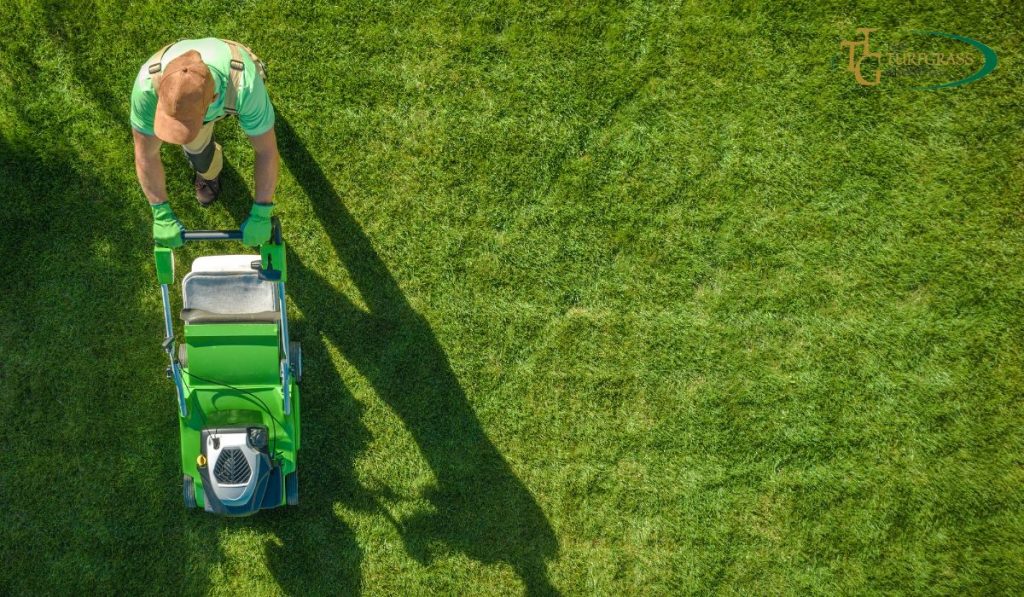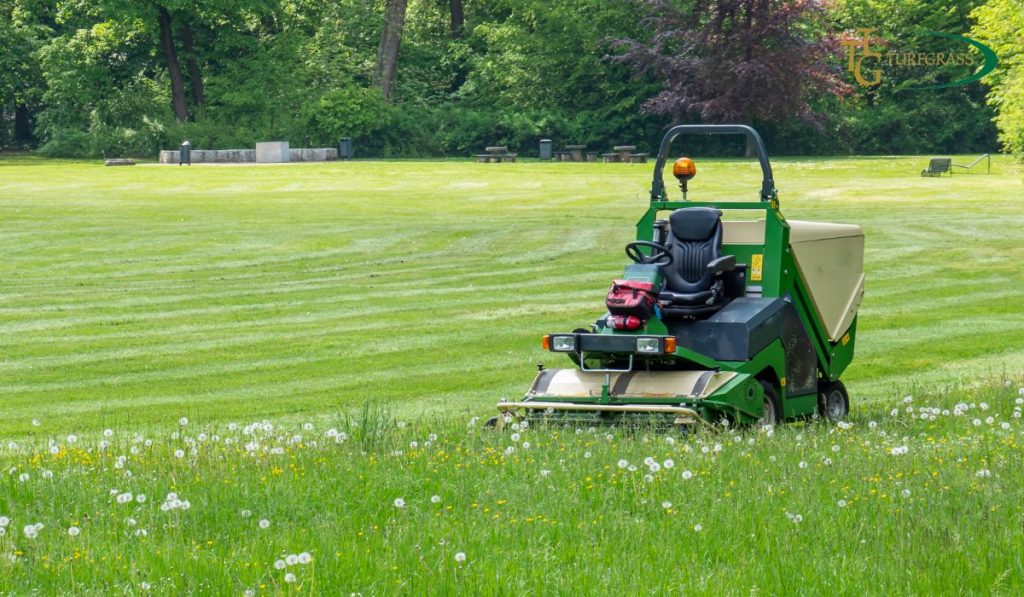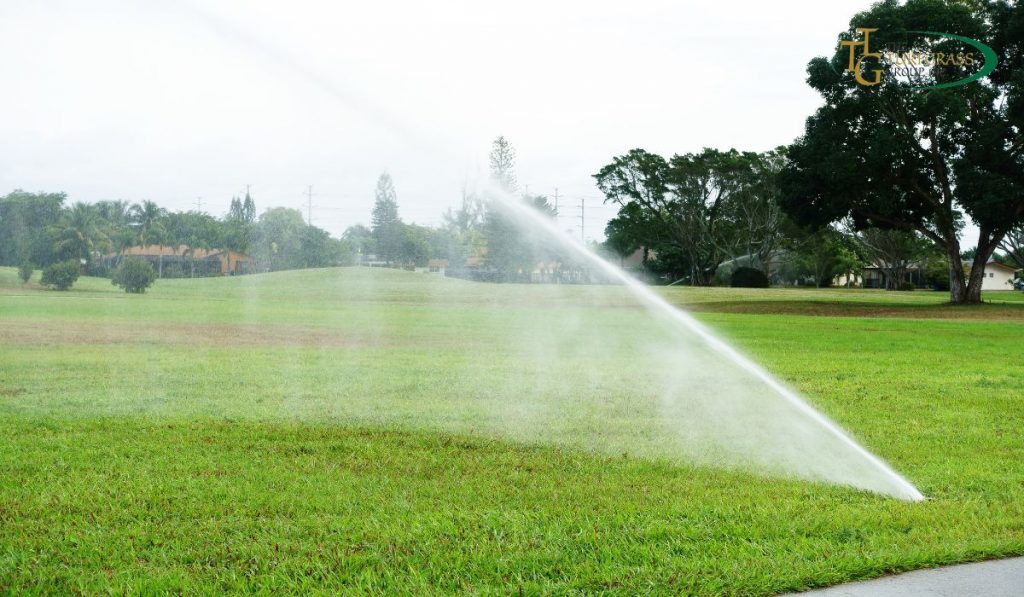
In today’s fast-paced world, where time is a precious commodity, maintaining a lush, green lawn can be a challenging task.
However, the desire for a beautiful outdoor space hasn’t diminished.
This is where the concept of low-maintenance lawns comes into play.
In this article, we’ll explore the ins and outs of low-maintenance lawns, providing you with all the information you need to create a verdant oasis that doesn’t demand endless hours of care.
The Rise of Low-Maintenance Lawns
What Are Low-Maintenance Lawns?
Low-maintenance lawns, also known as eco-lawns or sustainable lawns, are designed to require minimal upkeep compared to traditional grass lawns.
They offer an eco-friendly alternative that conserves water, reduces the need for harmful chemicals, and saves both time and money.
Benefits of Low-Maintenance Lawns
Low-maintenance lawns come with a plethora of benefits, including:
- Water Conservation: These lawns require significantly less water, making them an eco-conscious choice in regions with water scarcity.
- Reduced Chemical Usage: Say goodbye to excessive pesticide and herbicide applications, as low-maintenance lawns are naturally more resistant to pests and weeds.
- Time Savings: Busy individuals can enjoy more leisure time as they spend less effort mowing and maintaining their lawns.
- Cost-Effective: With fewer maintenance requirements, you’ll spend less on lawn care products and equipment.
- Environmentally Friendly: Low-maintenance lawns contribute to a healthier environment by reducing pollution and conserving resources.
Types of Low-Maintenance Grasses
There are several grass varieties suited for low-maintenance lawns, including:
- Fine Fescue: Known for its shade tolerance and adaptability to various soil types.
- Buffalo grass: Native to North America, it’s drought-resistant and requires minimal watering.
- Zoysia Grass: Thrives in warm climates and is resistant to pests and diseases.
- Clover: Adds nitrogen to the soil, reducing the need for fertilizers.
Creating Your Low-Maintenance Lawn
Steps to Establish a Low-Maintenance Lawn
Achieving a beautiful, low-maintenance lawn requires careful planning and execution:
Soil Preparation
Start by testing your soil’s pH and composition.
Amend the soil as needed to create a healthy foundation for your lawn.
Grass Selection
Choose a grass variety that suits your climate and soil conditions.
Consult with a local nursery or landscaping expert for guidance.
Proper Seeding

Follow recommended seeding rates and techniques to ensure even coverage.
Consider using a seed spreader for precision.
Adequate Watering
Water deeply but infrequently to encourage deep root growth.
Use a smart irrigation system if possible to conserve water.
Minimal Fertilization
Low-maintenance lawns typically require less fertilizer.
Use organic options to promote soil health.
Routine Maintenance
While these lawns are low-maintenance, some care is still necessary.
Periodically mow the grass to a suitable height, and address any weed issues promptly.
Conclusion
In today’s world, where time and environmental consciousness are paramount, low-maintenance lawns are a practical and eco-friendly choice.
By following the steps outlined in this article, you can create a beautiful, sustainable lawn that enhances your outdoor space while requiring minimal effort and resources.
FAQs
Are low-maintenance lawns suitable for all climates?
Low-maintenance lawns can be adapted to various climates, but the choice of grass variety is crucial. Consult local experts for the best options.
How can I reduce water usage with a low-maintenance lawn?
Water deeply but infrequently, and consider installing a rain barrel or smart irrigation system for efficient water use.
Do low-maintenance lawns attract pests and weeds?
While they are more resistant, occasional pest and weed issues can still arise. Promptly address them to maintain a healthy lawn.
Is it possible to convert an existing lawn into a low-maintenance one?
Yes, it’s possible. Start by improving the soil, selecting the right grass variety, and gradually transitioning to a low-maintenance approach.
Can I still have a beautiful lawn with a low-maintenance approach?

Absolutely! Low-maintenance lawns can be just as lush and green as traditional lawns, with the added benefits of saving time and resources.
What is the typical cost associated with establishing a low-maintenance lawn?
The cost can vary depending on factors such as grass variety, soil condition, and lawn size. On average, it may range from a few hundred to a few thousand dollars.
Are there any specific maintenance tasks I should perform during different seasons for my low-maintenance lawn?
While low-maintenance lawns require less care overall, it’s still essential to adjust your maintenance routine according to the changing seasons. This may include adjusting watering schedules and mowing heights.
Can I combine low-maintenance lawn areas with other landscaping features, like flower beds or hardscapes?
Absolutely! Low-maintenance lawns can be integrated seamlessly with other landscaping elements to create a diverse and visually appealing outdoor space.
How long does it take for a low-maintenance lawn to become fully established and reach its peak condition?
The time it takes for your low-maintenance lawn to become fully established can vary depending on factors such as grass type, climate, and maintenance efforts. Generally, it may take a year or more for the lawn to reach its peak condition.